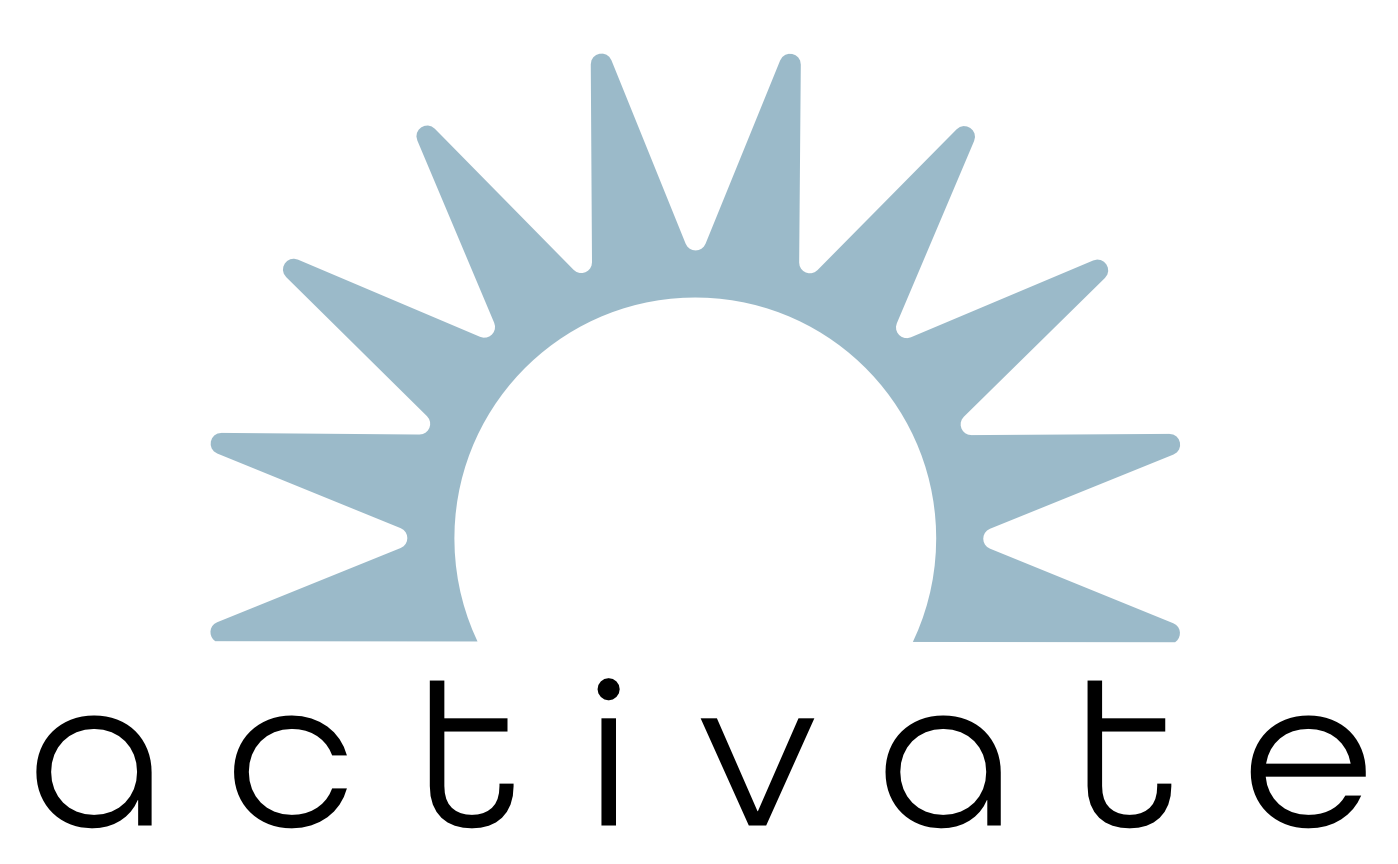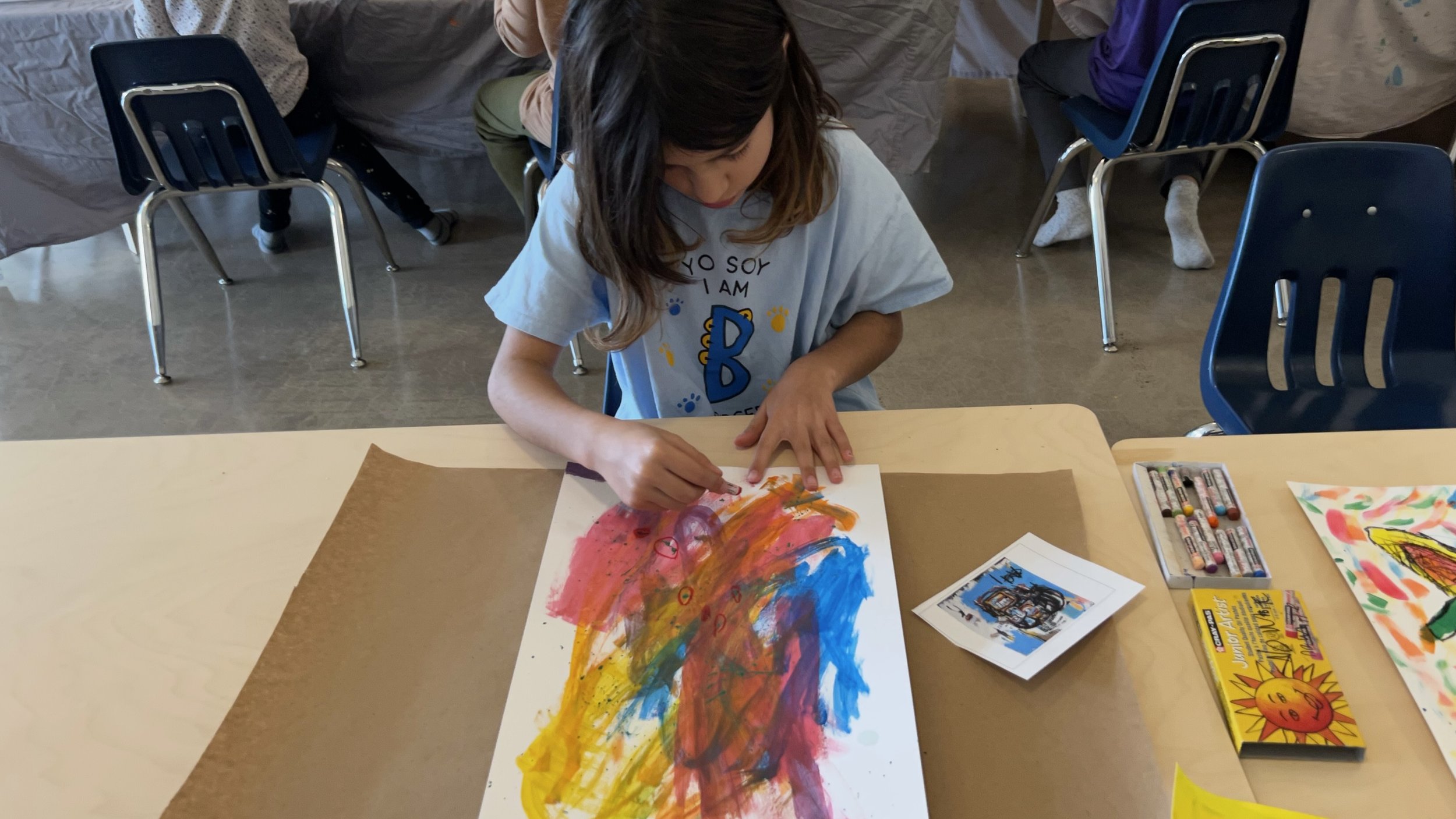How we Learn
We aim to promote creativity, curiosity, and independence. We achieve this through a balance of teacher-directed and self-directed learning.
Workshop
Each trimester we offer a science workshop and an art workshop. Two afternoons per week are dedicated to the workshop. Each workshop results in a culminating project. Here is the three-year workshop schedule.
Literacy
This student is studying the base <fort> which comes from the Latin word for ‘strong.’ He is researching words on his iPad, and he is constructing a word matrix that shows morphological relatives, like ‘effort,’ ‘comfortable,’ and ‘fortress.’
We developed a literacy framework in which students systematically study phoneme-grapheme (sound-letter) correspondences in addition to studying morphology (word structure) and etymology (word history). Critically, we study the interrelationship of phoneme-grapheme correspondences, morphology, and etymology.
Portions of our scope and sequence mirror popular phonics programs, especially in the early stages, but as readers develop, our approach is more aligned with the Structured Word Inquiry framework.
A historical perspective is needed to understand English orthography, so our language studies tie into studies of Rome, Greece, and Britain.
Phoneme awareness refers to the ability to identify and manipulate the individual phonemes (sounds) in words. Many children with dyslexia struggle with the crucial foundational ability. Phoneme awareness activities are integrated into all word studies.
Children also do daily journaling, and they have weekly 1:1 writing conferences. Each trimester there is an elaborate writing project covering the three main writing types: expository, narrative, and opinion.
Our literacy approach is effective for all students, but it’s especially effective for children with dyslexia.
Social Studies
Social studies are integrated into our literacy block. Each trimester there is a different history focus. In the first trimester, the students study history that relates to the development of the English language. In the second trimester, students study regional history. In the third trimester, they study United States history.
Students learn about history through multimedia presentations and by reading biographies, historical fiction, and nonfiction. Each week, the students study a word that is related to their history lesson.
Math
Activate employs a Montessori-inspired, three-tiered approach to mathematics instruction.
Subjects are first introduced to students using a variety of Montessori teaching methods and materials. Students are shown concrete, hands-on examples of mathematical operations using Montessori manipulatives. In these demonstrations, students are physically guided through operations from beginning to completion. Concurrently, students are shown how these physical interactions correspond to the abstract algorithm used for solving problems on paper. As students repeat these procedures they naturally move more and more to exclusively abstract work.
A crucial component of the Activate mathematics curriculum is the use of daily Math Journals. Each class session begins with the completion of specifically selected math problems chosen to meet each student’s level of challenge and personal need.
Finally, when students have completed their assigned math journal work they are given access to the computer-based math program called Beast Academy which covers a full array of topics within specific grade levels. (In 2024-2025, we will discontinue Beast Academy and replace it with a non-screen alternative, as we continue to find ways to decrease screen time.)
Using this three-tiered approach, students at Activate are provided with a vigorous, comprehensive, freely chosen math curriculum that allows each student the opportunity to explore mathematics from a variety of perspectives.
Handwriting
This student is practicing <q> and <u> and experimenting with ligaturing these letters.
All our students receive explicit instruction on how to write in beautiful Chancery Script. It differs from traditional printing in a few ways. One significant difference is that some letters can ligature (connect) like in cursive.
In this style, there is an emphasis on elegance, proportionality, comfort, individuality, and joy. This instruction is beneficial to all children, but it’s especially valuable to children with dysgraphia.
Art
Activate is well known for its art-based summer camps. Activate was an art enrichment program years before it became a school, and art continues to be a focus of our program.
Twice a week, outside of the workshop block, students have a traditional art class. They work with many different mediums, study the seven elements of art, study various influential artists, and create projects inspired by these artists.
Free Explore
We strongly believe that children need the space, time, resources, and inspiration to pursue their scholarly and artistic interests. We allow them that time daily during our Free Explore period. They immerse themselves in activities such as music production, tinkering in the maker space, painting, reading, and so much more.
The math and literacy teachers use this time to offer one-on-one academic support.
Field Trips
There is so much to learn and fun outside the classroom walls. We have a passenger van and minivan, making field trips very easy.
We go to the local library twice a month, swim at North Clackamas Aquatic Park twice a month (we rent the facility), and other places that tie into our workshop focus, such as museums and natural areas.









